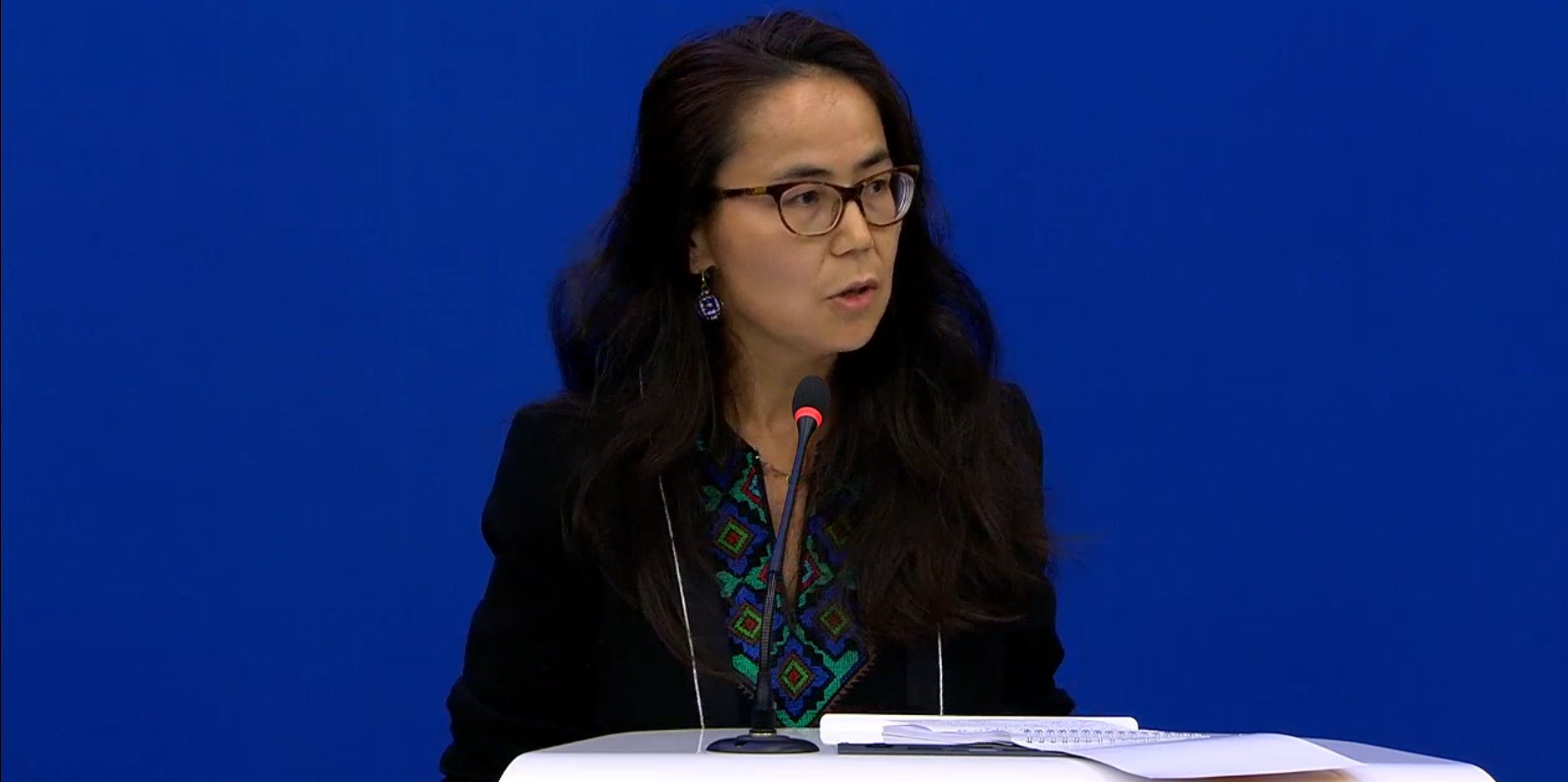Dilnur Reyhan
Source: Esprit Presse
Introduction
Although Uyghurs are recognized as one of the 56 official nationalities in China, their current situation transcends the concept of being a "minority nationality." The history, culture, and socio-political situation of the Uyghurs indicate the necessity of describing them as a colonized people. This article will conduct an in-depth analysis of Uyghur identity, the policies of the Chinese government, and their current struggles.
1. Who are the Uyghurs?
The Uyghurs are one of the Turkic peoples of Central Asia, primarily living in China's Xinjiang Uyghur Autonomous Region (East Turkestan-t). Their language belongs to the Turkic language family, and they practice Islam. Historically, Uyghur culture and identity flourished at the center of the Silk Road, interacting with Indo-European, Persian, and Chinese civilizations.
Uyghurs came under the influence of the Chinese Empire starting in the 19th century. After the Chinese Communist Party seized power in 1949 and officially annexed Xinjiang, the Uyghurs' desire for independence was suppressed. Today, although Uyghurs are described as a "minority nationality" within the Chinese state, their situation resembles that of a colonized people.
2. The Colonial Era and Chinese Policies
The Chinese government's policies in Xinjiang are aimed at eradicating the cultural, religious, and political identity of the Uyghurs. Since the 2010s, the Chinese government has launched large-scale suppression campaigns under the guise of "counter-terrorism." These policies include:
* "Re-education camps": Since 2017, hundreds of thousands, even more than a million, Uyghurs and other Muslims have been interned in camps. In these camps, forced teaching of the Chinese language, inculcation of communist ideology, and forcing renunciation of religious beliefs are carried out.
* Cultural destruction: Policies threatening Uyghur culture, such as demolishing mosques, banning education in the Uyghur language, and destroying historical monuments.
* Settler policy: The Chinese government has attempted to change the demography of the region by transferring large numbers of Han Chinese settlers to Xinjiang. This was done with the aim of turning Uyghurs into a minority group in their own homeland.
3. International Response and Debate
The situation of the Uyghurs has attracted the attention of the international community. A number of countries, especially Western nations, have condemned these policies of the Chinese government as "genocide." The United Nations and human rights organizations have prepared reports to investigate this issue. In 2022, the UN Human Rights Committee assessed the situation in Xinjiang as "crimes against humanity."
However, the Chinese government rejects these accusations, arguing that these policies are necessary for "economic development and stability." China calls these camps "vocational training centers" and claims they were established to prevent terrorism and separatism.
4. Uyghurs: A Minority Nationality or a Colonized People?
Calling Uyghurs a "minority nationality" does not fully explain their historical and political situation. The concept of "minority" is generally applied to groups within a country that can enjoy rights and freedoms. However, the situation of the Uyghurs aligns with the characteristics of colonized peoples:
* Cultural suppression: Uyghur culture and language are being systematically eradicated.
* Economic restrictions: Resources in Xinjiang are mainly in the hands of Han Chinese migrants and state-owned enterprises.
* Lack of political rights: Uyghurs have virtually no right to self-determination.
5. Conclusion
The situation of the Uyghurs is not merely a problem of a minority nationality but reflects the struggles of a colonized people. The policies of the Chinese government are aimed at eradicating the cultural and religious identity of the Uyghurs, and the international community's response to this issue has not been strong enough. The future of the Uyghurs depends on international pressure and their own struggles.

